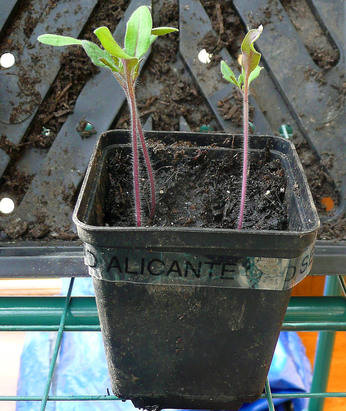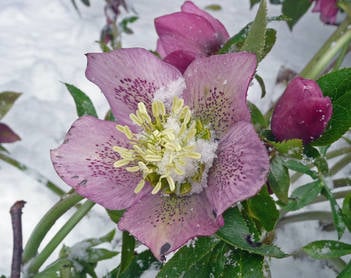This months flower gallery
Posted on
 |
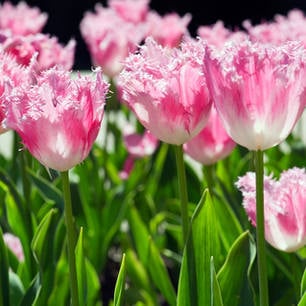 |
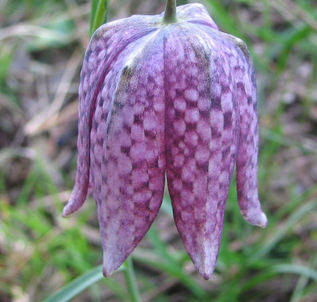 |
 |
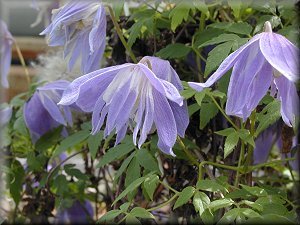 |
|
Cucumber seeding,just emerging and so easy to grow. Home grown cucumbers taste really crunchy and refreshing. check out how to grow cucumbers |
Spring isn't spring without flair and colour from Tulips. Planting tulips is a job for the Autumn and the key for a good display is to check out flowering times as Tulips flower early, mid and late spring. | This lovely delicate flower is Fritillaria meleagris (Snake's head fritillary.) Flowering purple and white (alba) it is happy growing in damp conditions and looks good in a natural setting alongside a pond or stream. | Spring blossom always lifts the spirits and hopefully, at the end of this unreasonably (or unseasonably?) cold spell, spring will arrive and the blossom with it to provide the necessary cheer. | Early flowering clematis are coming on board starting with armandii, followed by the delicate C.alpina (pauline in the image)and macropetala and lastly in May the robust C. montana. more information about growing clematis |

